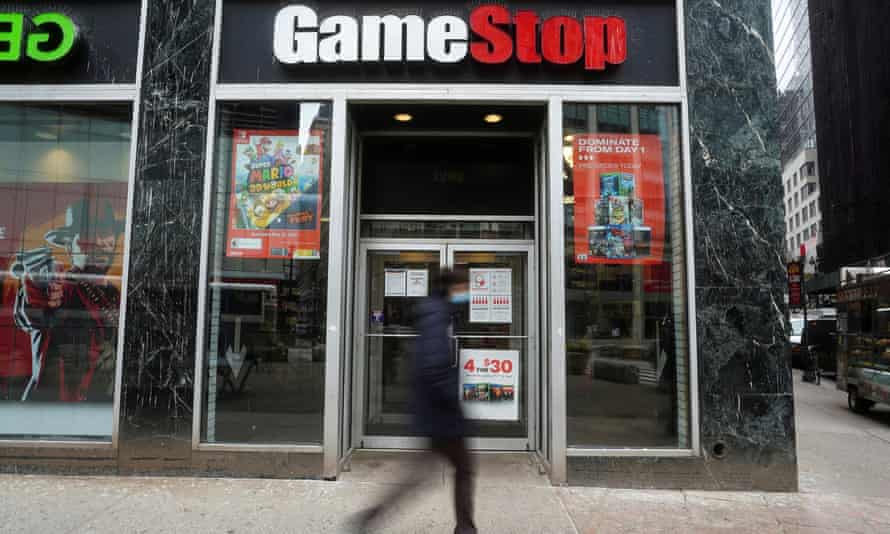Changes in the Structure of the UK Economy:
In recent years, the UK economy has undergone significant changes in its structure. One notable trend is the growing size and influence of the financial sector. The financial sector includes banks, insurance companies, investment firms, and other financial institutions. Some key factors contributing to the growth of the financial sector in the UK include:
Global Financial Hub: London, the UK's capital, has established itself as a global financial hub, attracting financial institutions and professionals from around the world. The presence of a well-developed financial infrastructure, including stock exchanges, financial services firms, and regulatory institutions, has further strengthened the UK's financial sector.
Financial Services Exports: The UK's financial sector is a significant contributor to the country's export revenue. Financial services, such as banking, insurance, and asset management, are exported to other countries, generating substantial income for the UK economy.
Technological Advancements: Technological advancements have facilitated the growth of financial services, such as online banking, digital payments, and fintech innovations, contributing to the expansion of the financial sector.
Deregulation and Globalization: Deregulation and increased globalization have allowed financial institutions to operate more freely across borders, expanding their reach and influence.
Asset Bubbles and Economic Consequences: Asset bubbles occur when the prices of certain assets, such as real estate, stocks, or commodities, rise to unsustainable levels, driven by excessive speculation and investor optimism. When the bubble eventually bursts, asset prices collapse, leading to severe economic consequences. Examples of asset bubbles include the dot-com bubble in the late 1990s and the housing bubble that preceded the 2007-2008 financial crisis.
Causes of Asset Bubbles:
Easy Credit: Loose monetary policies and low-interest rates can encourage borrowing and speculative investments, driving up asset prices.
Speculative Behavior: Investors' expectations of ever-increasing prices can lead to speculative buying, further inflating asset values.
Herd Mentality: As more investors rush to buy a particular asset, it can create a herd mentality, pushing prices higher.
Economic Consequences of Asset Bubbles:
Wealth Erosion: When asset prices collapse, individuals and institutions holding these assets can experience significant wealth losses.
Financial Instability: Bursting asset bubbles can lead to financial instability, impacting banks and financial institutions with exposure to the affected assets.
Investment Downturn: Asset bubble bursts may discourage investment and lead to a slowdown in economic activity.
Consumer and Business Confidence: Sharp declines in asset prices can erode consumer and business confidence, leading to reduced spending and investment.
The Role and Purpose of Regulation: Financial regulation is crucial for creating financial stability and protecting consumers and investors. Regulation aims to:
Ensure Soundness: Regulators set standards to ensure that financial institutions maintain adequate capital, manage risks prudently, and comply with rules to avoid excessive leverage and instability.
Prevent Systemic Risks: Regulation addresses systemic risks that could threaten the stability of the entire financial system.
Consumer Protection: Regulation safeguards the interests of consumers and investors, ensuring fair treatment and transparency.
Maintain Market Integrity: Regulations promote fair competition, prevent market manipulation, and ensure the integrity of financial markets.
Evaluation of the UK's Large Financial Sector: The UK's large financial sector has both benefits and challenges for the real economy:
Benefits:
Contribution to GDP: The financial sector contributes significantly to the UK's Gross Domestic Product (GDP) and employment, supporting economic growth.
Global Competitiveness: The financial sector's global competitiveness enhances the UK's position as a financial hub, attracting foreign investment and skilled professionals.
Challenges:
Vulnerability to Financial Crises: A large financial sector can make the economy more susceptible to financial crises and their repercussions.
Income Inequality: The concentration of wealth in the financial sector can exacerbate income inequality in the economy.
Overreliance on Finance: An overreliance on the financial sector may divert resources from other sectors of the economy.
In conclusion, the growth of the UK's financial sector has been significant, making London a global financial center. However, the size and influence of the financial sector bring both benefits and challenges, requiring careful regulation to ensure financial stability and balanced economic growth.


